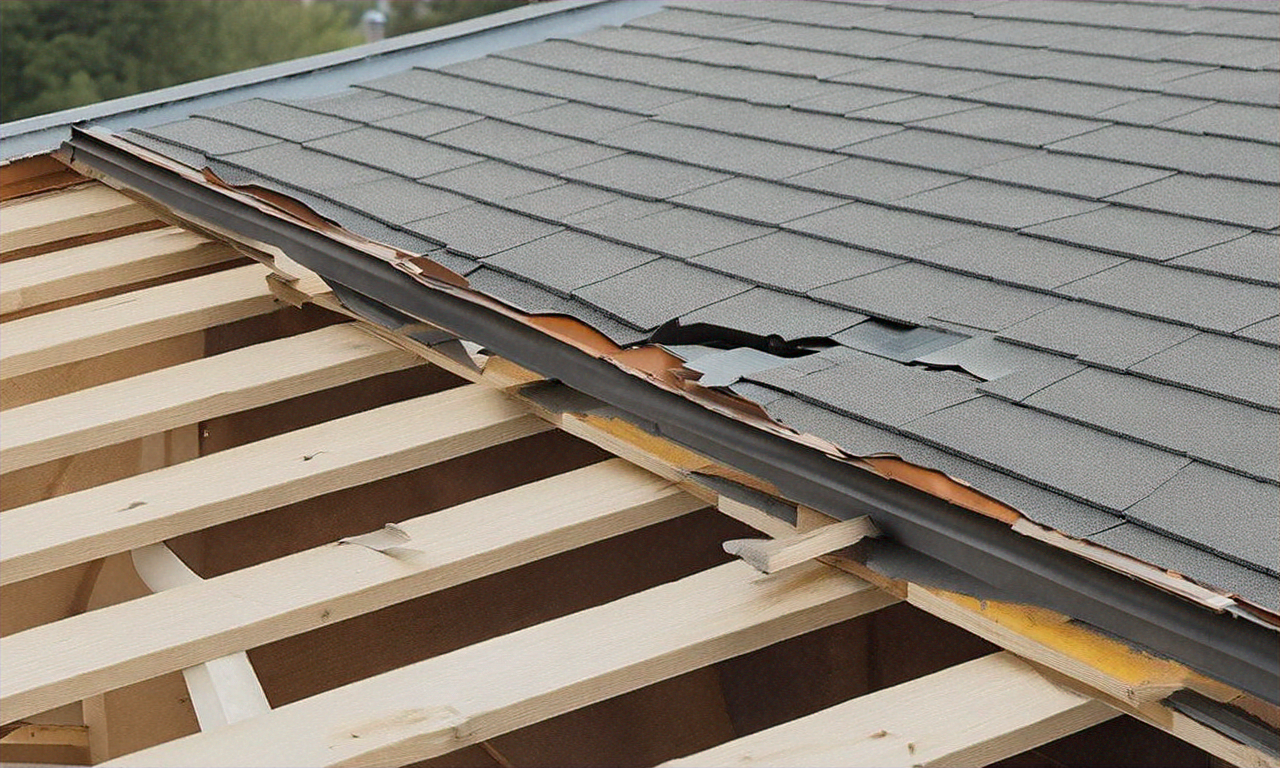A Comprehensive Guide to Roofing Services: Protect Your Home from the Top Down
Roofing services play a crucial role in maintaining the integrity and safety of your home or building. A well-maintained roof not only protects the structure from the elements but also contributes to energy efficiency and overall property value. This guide will explore the various aspects of roofing services, from installation to maintenance, helping you make informed decisions about your roof.

-
Metal roofing: Durable and long-lasting, metal roofs are becoming increasingly popular. They’re available in various materials such as steel, aluminum, and copper, offering excellent protection against the elements and energy efficiency.
-
Tile roofing: Clay or concrete tiles provide a distinctive appearance and are known for their longevity. They’re particularly well-suited for Mediterranean or Spanish-style homes.
-
Slate roofing: Natural slate offers unparalleled beauty and durability. While expensive, a properly installed slate roof can last for over a century.
-
Wood shakes: Offering a rustic, natural look, wood shakes are made from split logs. They require regular maintenance but can provide excellent insulation.
How often should roof inspections and maintenance be performed?
Regular roof inspections and maintenance are essential for prolonging the life of your roof and preventing costly repairs. As a general rule, homeowners should have their roofs inspected at least once a year, preferably in the spring or fall. However, more frequent inspections may be necessary if:
-
Your area experiences severe weather conditions, such as heavy storms or extreme temperature fluctuations.
-
There are large trees near your house that could potentially damage the roof.
-
Your roof is nearing the end of its expected lifespan.
During these inspections, a professional roofing contractor will look for signs of damage, such as cracked or missing shingles, loose flashing, or signs of water penetration. They’ll also check the condition of gutters and downspouts, which play a crucial role in directing water away from your home’s foundation.
What are the signs that indicate a roof needs repair or replacement?
Being aware of the warning signs that your roof needs attention can help you address issues before they become major problems. Some key indicators include:
-
Age: If your roof is approaching or has surpassed its expected lifespan, it’s time to consider replacement.
-
Curling or missing shingles: This can lead to leaks and further damage if left unaddressed.
-
Sagging roof deck: This could indicate structural issues and requires immediate attention.
-
Daylight through roof boards: If you can see light coming through your roof boards in the attic, it’s a sign that your roof needs repair or replacement.
-
Granules in the gutters: Excessive loss of granules from asphalt shingles is a sign of advanced wear.
-
Water stains on ceilings or walls: These can indicate a leaking roof that needs immediate attention.
-
Higher energy bills: If your energy costs have increased unexpectedly, it could be due to poor roof insulation or ventilation.
What factors should be considered when choosing a roofing contractor?
Selecting the right roofing contractor is crucial for ensuring quality workmanship and a roof that will stand the test of time. Consider the following factors when making your choice:
-
Licensing and insurance: Ensure the contractor is properly licensed and carries both liability insurance and workers’ compensation coverage.
-
Experience and reputation: Look for contractors with a proven track record in your area. Check online reviews and ask for references from past clients.
-
Written estimates: Obtain detailed written estimates from multiple contractors to compare costs and scope of work.
-
Warranty offerings: Inquire about both manufacturer warranties on materials and workmanship warranties provided by the contractor.
-
Communication and professionalism: Choose a contractor who communicates clearly and professionally throughout the estimation and planning process.
-
Local presence: Selecting a contractor with a local office can provide peace of mind and easier access for future service needs.
How can proper roof maintenance extend the life of a roof?
Implementing a regular maintenance routine can significantly extend the life of your roof and prevent costly repairs. Here are some key maintenance practices:
-
Regular inspections: As mentioned earlier, annual or bi-annual inspections can catch problems early.
-
Keep gutters clean: Clogged gutters can lead to water backup and damage to your roof and fascia.
-
Trim overhanging branches: Keep tree limbs away from your roof to prevent damage during storms.
-
Address issues promptly: Don’t delay repairs when problems are identified.
-
Ensure proper attic ventilation: Good ventilation helps regulate temperature and moisture levels, preventing premature aging of roofing materials.
-
Remove debris: Regularly remove leaves, branches, and other debris from your roof to prevent moisture retention and potential damage.
By following these maintenance tips and working with qualified roofing professionals, you can ensure that your roof provides long-lasting protection for your home or building. Remember that investing in quality materials and expert installation can save you money and headaches in the long run, making your roof a valuable asset to your property.






